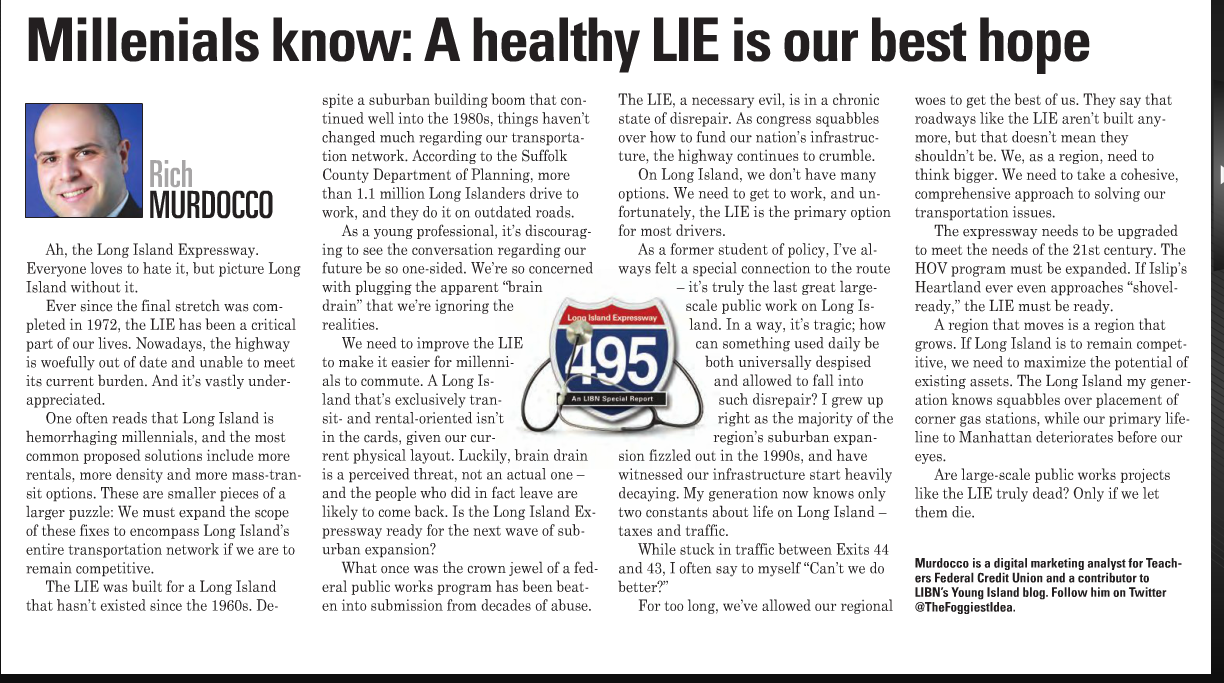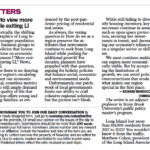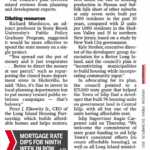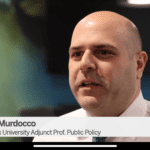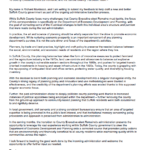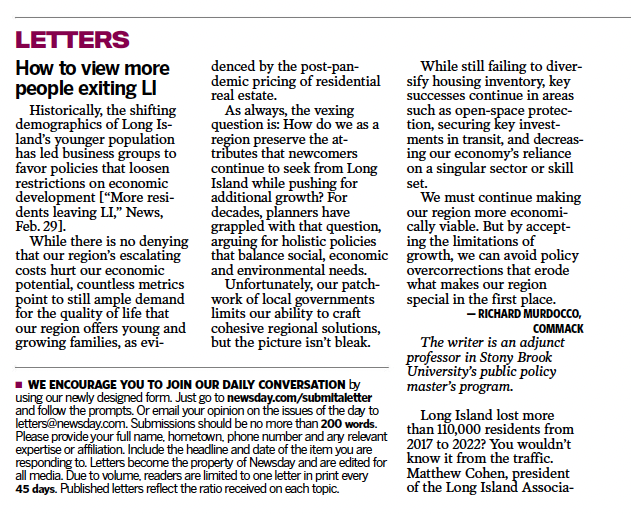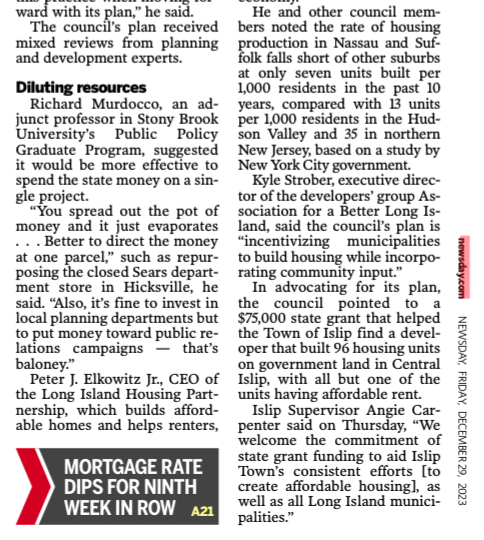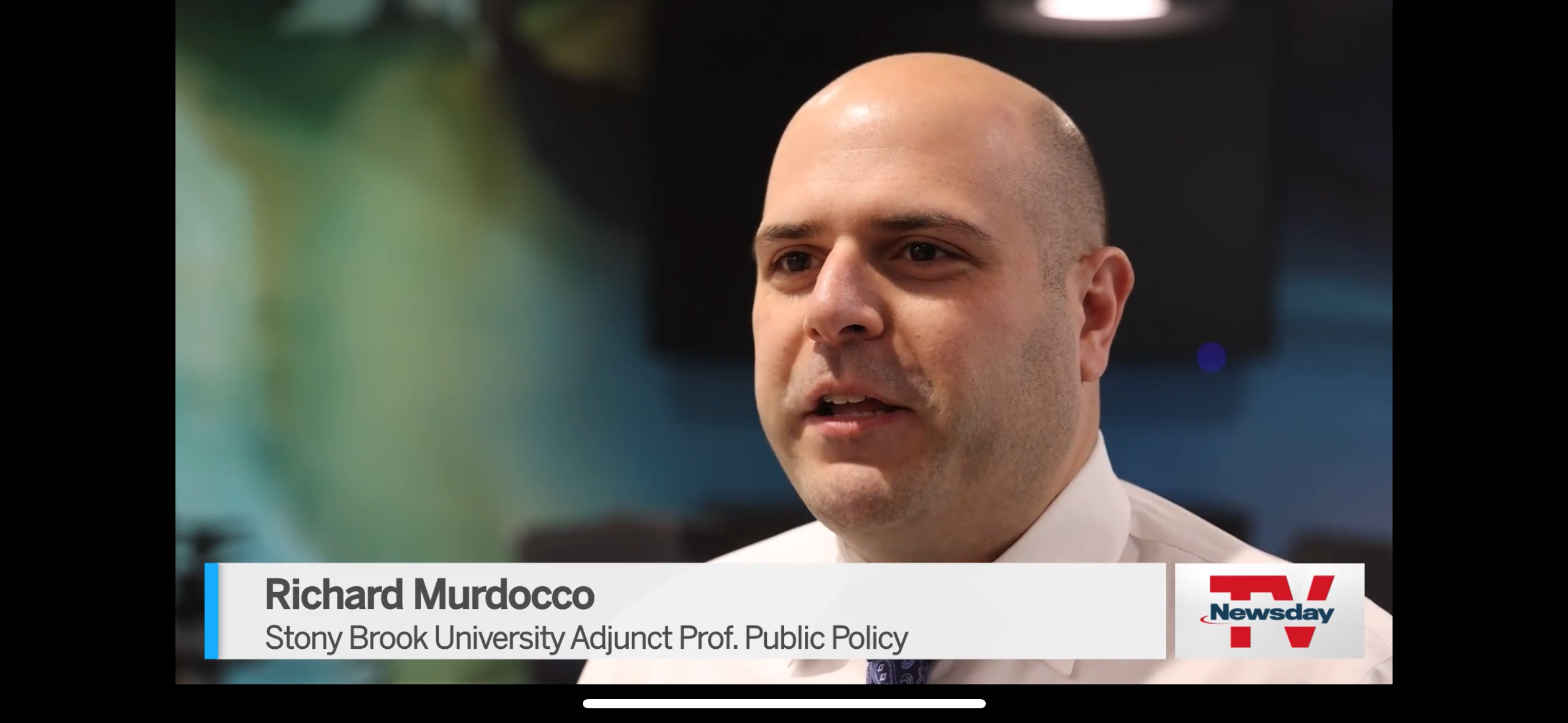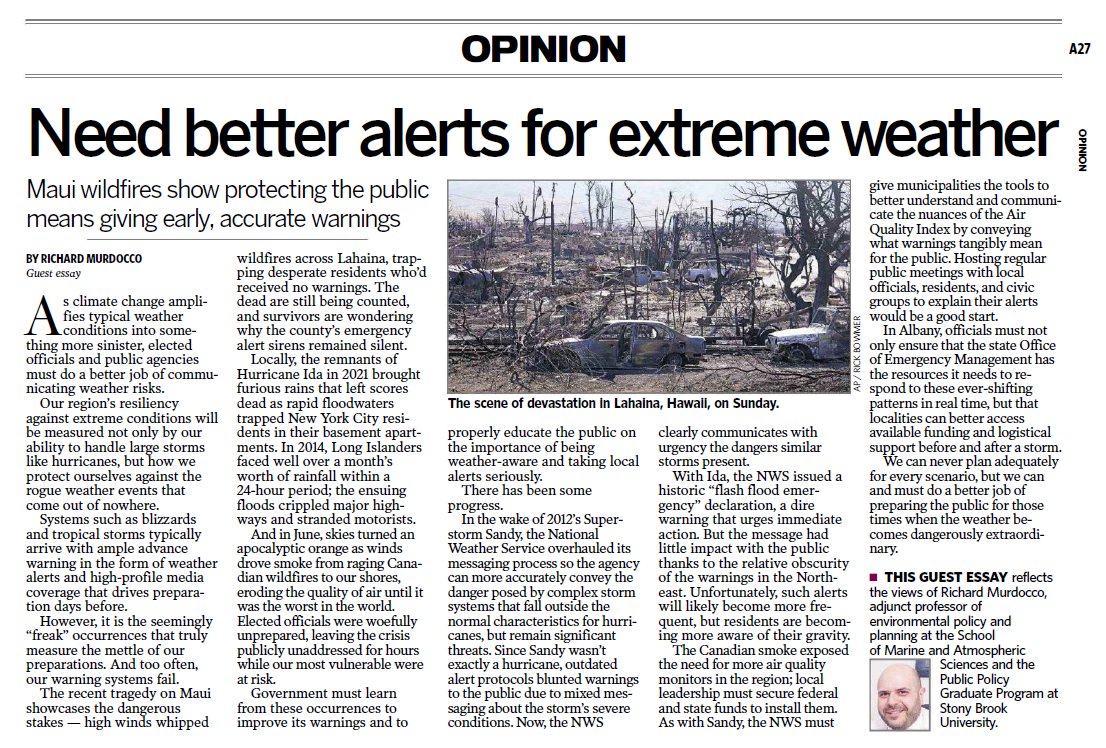The following was written as published Op-Ed in Long Island Business News’ August 7th issue. The online version of the piece can be read here.
Ah, the Long Island Expressway. Everyone loves to hate it, but picture Long Island without it.
Ever since the final stretch was completed in 1972, the LIE has been a critical part of our lives. Nowadays, the highway is woefully out of date and unable to meet its current burden. And it’s vastly underappreciated.
One often reads that Long Island is hemorrhaging millennials, and the most common proposed solutions include more rentals, more density and more mass-transit options. These are smaller pieces of a larger puzzle: We must expand the scope of these fixes to encompass Long Island’s entire transportation network if we are to remain competitive.
The LIE was built for a Long Island that hasn’t existed since the 1960s. Despite a suburban building boom that continued well into the 1980s, things haven’t changed much regarding our transportation network. According to the Suffolk County Department of Planning, more than 1.1 million Long Islanders drive to work, and they do it on outdated roads.
As a young professional, it’s discouraging to see the conversation regarding our future be so one-sided. We’re so concerned with plugging the apparent “brain drain” that we’re ignoring the realities.
We need to improve the LIE to make it easier for millennials to commute. A Long Island that’s exclusively transit- and rental-oriented isn’t in the cards, given our current physical layout. Luckily, brain drain is a perceived threat, not an actual one – and the people who did in fact leave are likely to come back. Is the Long Island Expressway ready for the next wave of suburban expansion?
What once was the crown jewel of a federal public works program has been beaten into submission from decades of abuse. The LIE, a necessary evil, is in a chronic state of disrepair. As congress squabbles over how to fund our nation’s infrastructure, the highway continues to crumble.
On Long Island, we don’t have many options. We need to get to work, and unfortunately, the LIE is the primary option for most drivers.
As a former student of policy, I’ve always felt a special connection to the route – it’s truly the last great large-scale public work on Long Island. In a way, it’s tragic; how can something used daily be both universally despised and allowed to fall into such disrepair? I grew up right as the majority of the region’s suburban expansion fizzled out in the 1990s, and have witnessed our infrastructure start heavily decaying. My generation now knows only two constants about life on Long Island – taxes and traffic.
While stuck in traffic between Exits 44 and 43, I often say to myself “Can’t we do better?”
For too long, we’ve allowed our regional woes to get the best of us. They say that roadways like the LIE aren’t built anymore, but that doesn’t mean they shouldn’t be. We, as a region, need to think bigger. We need to take a cohesive, comprehensive approach to solving our transportation issues.
The expressway needs to be upgraded to meet the needs of the 21st century. The HOV program must be expanded. If Islip’s Heartland ever even approaches “shovel-ready,” the LIE must be ready.
A region that moves is a region that grows. If Long Island is to remain competitive, we need to maximize the potential of existing assets. The Long Island my generation knows squabbles over placement of corner gas stations, while our primary lifeline to Manhattan deteriorates before our eyes.
Are large-scale public works projects like the LIE truly dead? Only if we let them die.
Murdocco is a digital marketing analyst for Teachers Federal Credit Union and a contributor to LIBN’s Young Island blog. Follow him on Twitter @TheFoggiestIdea.

